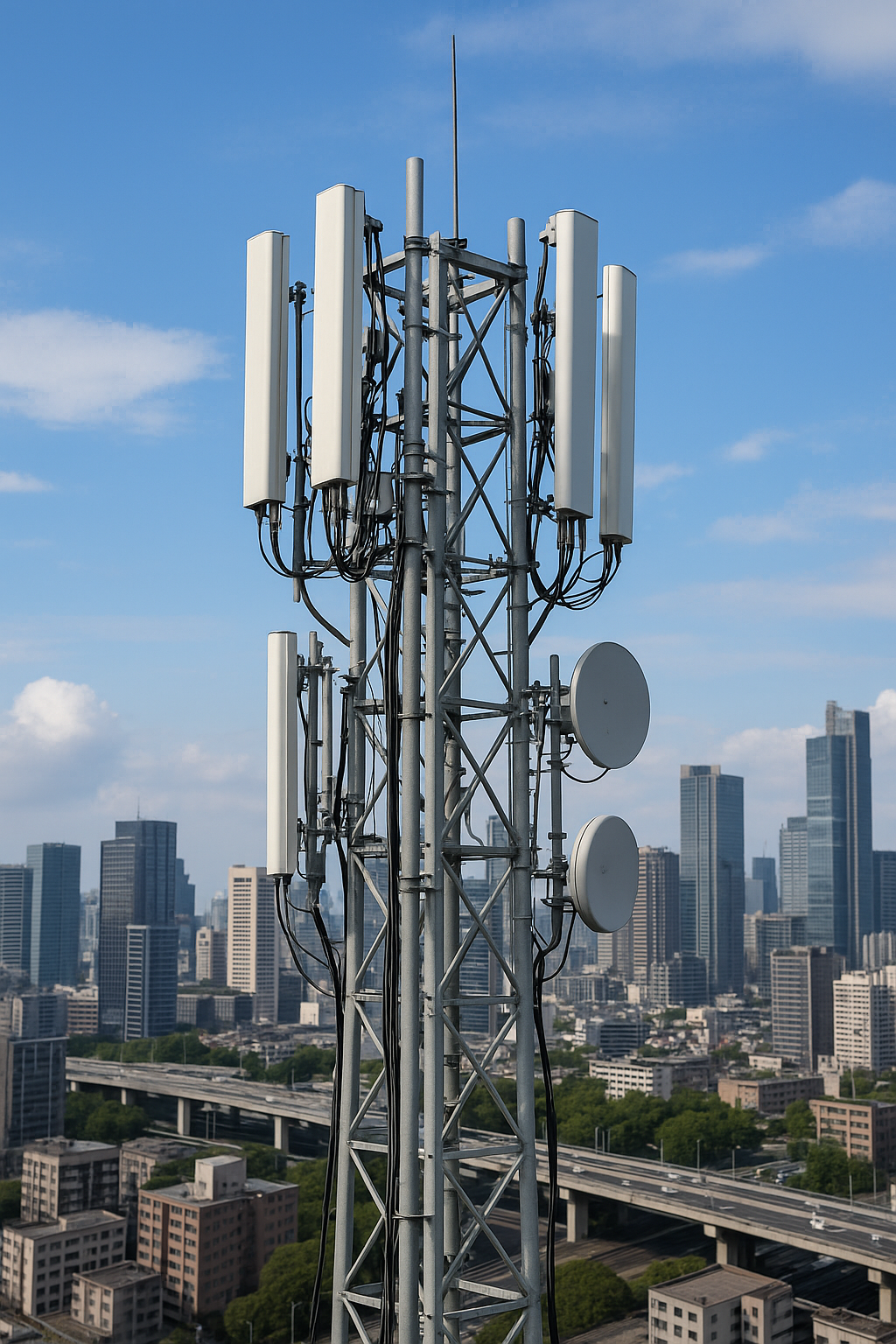AI reshapes 5G/6G networks with smarter handover and load balancing
The study outlines how ultra-dense networks create frequent and sometimes unnecessary handovers, increasing signaling overhead and the risk of service disruption. In these environments, latency and reliability become particularly difficult to manage due to rapidly shifting user locations and dynamic network topologies. The frequency of handovers also intensifies the challenge of ensuring that users remain connected to the optimal base station.

With the rise of data-heavy applications, the rapid spread of IoT devices, and the rollout of 5G and beyond, today's cellular infrastructure is under pressure to deliver seamless, high-speed, and ultra-reliable connectivity. The task is particularly challenging in ultra-dense environments where overlapping signals, fluctuating traffic, and constant mobility demand more than traditional network solutions can offer. To address this, researchers are turning to artificial intelligence to deliver smarter, faster, and more reliable mobile connectivity.
In a new study titled "AI-Driven Handover Management and Load Balancing Optimization in Ultra-Dense 5G/6G Cellular Networks," published in Technologies, researchers present a comprehensive review of AI applications aimed at solving these critical network management issues.
How do ultra-dense 5G/6G networks complicate mobility management?
The shift to ultra-dense network architectures in 5G and emerging 6G environments has introduced a new set of complexities in managing user mobility. With the proliferation of small cells, Internet of Things (IoT) devices, unmanned aerial vehicles (UAVs), and high-frequency millimeter-wave (mmWave) technologies, traditional mobility solutions are rapidly becoming obsolete. Legacy handover protocols, optimized for broader 4G infrastructure, struggle to maintain quality of service when users move through a dense array of overlapping cells.
The study outlines how ultra-dense networks create frequent and sometimes unnecessary handovers, increasing signaling overhead and the risk of service disruption. In these environments, latency and reliability become particularly difficult to manage due to rapidly shifting user locations and dynamic network topologies. The frequency of handovers also intensifies the challenge of ensuring that users remain connected to the optimal base station.
By reviewing a wide range of existing mobility solutions, the authors identify that conventional methods fail to address the adaptive, predictive needs of ultra-dense urban environments. The paper emphasizes the pressing need for intelligent, context-aware handover mechanisms capable of anticipating user movement and reacting in real time.
What role does AI play in optimizing handover and load balancing?
The study shows how artificial intelligence, particularly machine learning and deep learning techniques, can be harnessed to enhance mobility and load distribution in ultra-dense network conditions. By leveraging AI, networks can shift from reactive to proactive management strategies. This means anticipating when and where handovers should occur and intelligently distributing user loads to avoid congestion.
In handover management, AI algorithms are used to analyze vast amounts of contextual data such as user trajectory, signal strength, and historical handover patterns. These models can predict the ideal moment for initiating a handover, minimizing latency and preventing dropped connections. Reinforcement learning models, for instance, can learn optimal handover strategies by continuously interacting with the network environment.
For load balancing, AI enables real-time allocation of network resources across multiple base stations. Deep learning frameworks are particularly adept at recognizing patterns in traffic demand, allowing networks to redistribute loads dynamically based on fluctuating user density. This reduces bottlenecks and ensures consistent quality of service across regions of varying demand.
The study categorizes these AI approaches by methodology and use-case, offering a taxonomy that links algorithm types to network scenarios. It also identifies performance trade-offs, such as the balance between prediction accuracy and computational cost. Overall, the authors highlight AI's capacity to significantly reduce handover failures, improve network utilization, and elevate user experience.
Are these solutions scalable and ready for smart city integration?
While the promise of AI-driven handover and load balancing is evident, the study also critically evaluates their readiness for real-world deployment, especially in the context of smart cities. In such environments, networks must support high user densities, real-time services, and critical infrastructure. Ensuring that AI-based mechanisms can scale to meet these demands without introducing new vulnerabilities is a key concern.
The paper reviews implementation case studies and simulations that demonstrate how AI can be effectively integrated into live network operations. However, it also acknowledges limitations. These include the computational burden of training and deploying deep learning models at scale, the challenge of real-time inference under latency constraints, and potential risks related to algorithmic bias and decision transparency.
Additionally, the study explores security implications, noting that intelligent algorithms must also be resilient to adversarial attacks and system faults. In smart cities where CPS (Cyber-Physical Systems) and V2X (vehicle-to-everything) communications rely on continuous connectivity, failure or exploitation of AI modules could have cascading effects.
To address these challenges, the authors propose a research roadmap focused on scalable AI architectures, hybrid edge-cloud deployments, and the use of federated learning to maintain privacy while improving model robustness. They also advocate for standardized frameworks that allow interoperability across vendors and systems.
- FIRST PUBLISHED IN:
- Devdiscourse










